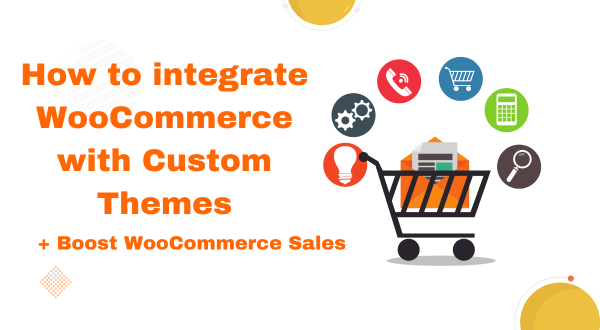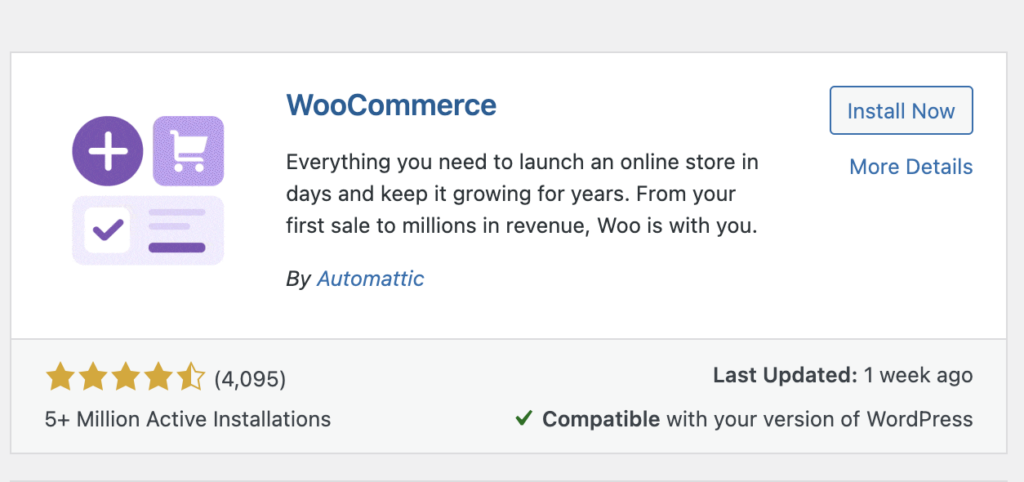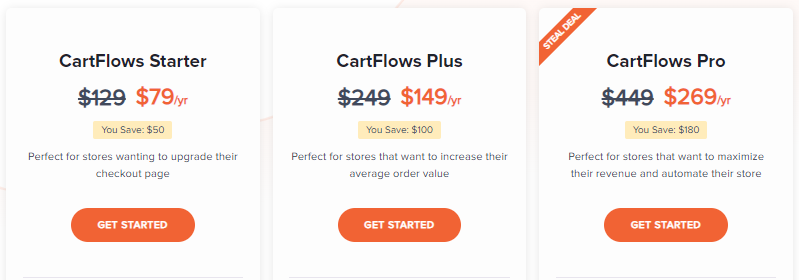
In this article, we will explore how to integrate WooCommerce with custom themes, allowing you to combine the flexibility of WooCommerce with the unique design of a custom WordPress theme. In today’s digital landscape, e-commerce has become increasingly popular, and businesses are constantly seeking ways to enhance their online presence. WooCommerce, a powerful and versatile e-commerce platform, offers seamless integration with WordPress websites. However, many businesses prefer to have a custom theme to reflect their brand identity.
Understand the Basics of WooCommerce
Before diving into the integration process, it is essential to have a solid understanding of WooCommerce. WooCommerce is a plugin for WordPress that enables businesses to sell products and services online. It provides features such as product management, shopping carts, secure payments, and order tracking. Familiarize yourself with the various components and functionalities of WooCommerce to ensure a smooth integration process.
Choose a Compatible Custom Theme
To integrate WooCommerce with a custom theme, it is crucial to select a theme that is compatible with WooCommerce. Ensure that the theme supports WooCommerce’s templates, hooks, and functions. This compatibility will ensure that the design and functionality of your e-commerce store remain intact during the integration process. Consider working with an experienced web developer or designer to customize your chosen theme according to your specific requirements.
Install and Activate WooCommerce
To integrate WooCommerce with your custom theme, you need to install and activate the WooCommerce plugin. In your WordPress dashboard, navigate to the “Plugins” section, click on “Add New,” and search for “WooCommerce.” Once found, click “Install” and then “Activate” to enable and integrate WooCommerce on your website.

Customize WooCommerce Templates
Customizing the WooCommerce templates is a critical step in integrating it with your custom theme. WooCommerce provides default templates that you can override with your custom designs. To do this, create a child theme for your custom theme, and within it, replicate the WooCommerce template files you wish to modify. By making changes to these files, you can seamlessly blend the WooCommerce functionality with your custom theme’s design.
Style WooCommerce Elements
To ensure a consistent look and feel across your website, you need to style the various WooCommerce elements to match your custom theme. Elements such as buttons, product listings, cart pages, and checkout forms should be visually cohesive with the rest of your website. Utilize CSS and, if necessary, modify the HTML structure to achieve the desired styling. By carefully styling these elements, you can provide a seamless user experience for your customers.
Test and Troubleshoot
Once you have completed the integration process, thoroughly test your website’s functionality. Ensure that all the WooCommerce features, such as adding products to the cart, completing purchases, and viewing order history, work smoothly. Test different scenarios, payment methods, and device compatibility to identify and resolve any potential issues. Regularly update WooCommerce and your custom theme to benefit from the latest features and security patches.
Boost WooCommerce Sales
CartFlows is a powerful and user-friendly plugin for WordPress that allows you to create custom checkout pages, sales funnels, and order bump pages for your online store. This plugin is designed to work seamlessly with the popular WooCommerce plugin, and it is intended to help you increase conversions and revenue for your business.
One of the standout features of CartFlows is the ability to create custom checkout pages that are tailored to your business needs. This can help to increase conversions by providing a more personalized and streamlined checkout experience for your customers. Additionally, the plugin includes a number of built-in templates that you can use as a starting point for your checkout pages, which makes it easy to get started even if you don’t have any design experience. Read the full article here.
Summary
Integrate WooCommerce with custom themes empowers businesses to have a unique and tailored e-commerce store that reflects their brand identity. By following the steps outlined in this guide, you can seamlessly blend the flexibility of WooCommerce with the personalized design of a custom theme. Enhance your customers’ shopping experience and elevate your online presence with a WooCommerce-powered custom e-commerce store.


Comments (1)